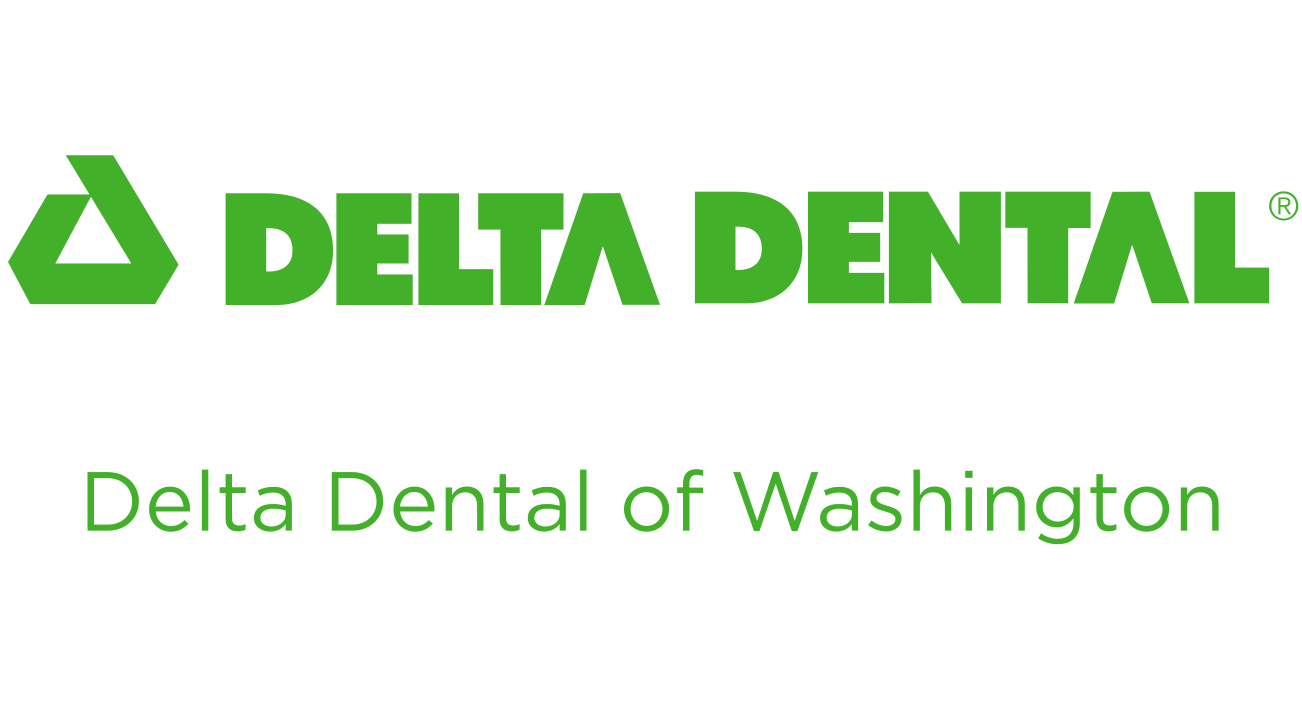Some relationships come and go, but you and your teeth are in it for the long haul. (Said the first molar to the second molar: you’re stuck with me, baby.) As with any lifelong partnership, expect lots of ups and downs and changes along the way. Like the rest of your body, your teeth and gums have their own internal schedule for growth and change, but they also constantly respond to outside pressures like chewing, grinding, hormones, and even gravity.
In short: your teeth never stop changing. Understanding these changes helps you plan the best ways to care for them at every stage of life. From the time you get your baby teeth, to the time when you consider getting dentures, here’s what to expect of your teeth as you age.
When Babies Get Their First Teeth
People often ask: when do babies get their first teeth? This is kind of a trick question because in reality, the crowns of our twenty baby teeth are almost completely formed at birth, chilling below the gumline and waiting for their numbers to be called. A baby’s first teeth usually erupt between six and twelve months old. That being said, every child is different and some babies get teeth much younger. Every once and a while a baby is even born with a few teeth poking out.
Babies usually get all their teeth by three years old. Because baby teeth are just as susceptible to cavities as permanent teeth, most dentists advise to start brushing your child’s teeth as soon as that first tooth erupts above the gumline. As I said before, this is a lifelong relationship. The care given to a baby’s first teeth has a lasting impact on the health of their first and their permanent set of teeth.
How Permanent Teeth are Different Than Baby Teeth
Between the ages of six and eight, kids start to lose their teeth and the tooth fairy becomes a regular visitor. Most kids lose all their teeth and gain a permanent set by age twelve. But if you think permanent teeth are just a larger version of baby teeth, think again. Your final adult set differs from your baby teeth in a few important ways.
Greater in number: Adults have 32 permanent teeth, as opposed to 20 baby teeth.
Stronger enamel: The outer layer of permanent teeth is thicker and harder.
Thicker dentin: The second layer is also thicker and stronger in permanent teeth.
Jagged edges: The bottom edges of front teeth (incisors) are more jagged, making it easier to break through the gums. As you bite, these edges usually smooth out on their own by mid-adulthood.
Rounded shape: Adult molars (back teeth) are more rounded and less boxy. This creates more space between neighboring teeth, making them easier to clean.
Slightly yellow color: The dentin of adult teeth is thicker. Dentin’s naturally yellow color shows through the enamel, giving adult teeth a slightly yellow color compared to baby teeth.
Ready to Buy Dental Insurance?
This article is very high-level information. We recommend you always review plan details and get a quote before you purchase a dental insurance plan. We offer 5 plans with different coverage and monthly premiums.
Wisdom Teeth: The Last of the New Arrivals
After your permanent teeth come in, not a lot happens in the tooth department until...dun, dun, dun: the dreaded wisdom teeth. Usually, wisdom teeth come in between the ages of 17 and 24. And yes, for many people it is a painful ordeal.
We humans no longer need our wisdom teeth to chew raw meats and roots like our caveman ancestors. Modern jaws shrunk to adjust, but for some reason our wisdom teeth keep showing up to the party. For some people, wisdom teeth come in without issue. For others, they get trapped below the gumline or come in at an angle. In this case, wisdom teeth usually need to be removed.
Changes to Your Teeth in Older Adulthood
Unlike a good wine, your teeth don’t get better with age. Between gravity, grinding, and coffee stains, teeth endure a lot, and starting in your late 30s or 40s, you’ll probably notice the effects.
Shifting teeth and narrowing dental arches
Eventually, gravity gets to everything. As the muscles in your face begin to droop with age, this changes the pressures on your teeth and often causes them to shift.
Dental arches also narrow with age, which crowds and further misaligns teeth. This usually starts as early as your late 30s or 40s. Over time, the daily pressure from biting also causes back teeth to tip inward slightly. (Years of painful braces and this is the thanks I get?)
For many people, these changes are just a minor nuisance. But if you end up wanting or needing to reverse some of this damage, orthodontics help. Talk to your dentist about options.
Weakening enamel
Although tooth enamel is the strongest substance in the human body, it is far from indestructible. As you chew your food and grind your teeth, your enamel weakens. Older teeth are more likely to crack or break.
Receding gums
As you age, your gums thin and recede. This exposes your soft roots and the necks of teeth, making you more susceptible to cavities and gum disease. Proper brushing and regular visits to the dentist become even more important at this stage of life.
Yellowing teeth
Sure, coffee and tea stains play their part in yellowing your teeth as you age. But some yellowing can’t be avoided. Naturally yellow dentin becomes even yellower with age. As your enamel thins over time, this dentin layer shows through in a more pronounced way.
Smaller nerves
The nerves in your teeth become smaller with age, making you less sensitive to dental pain. On the plus side, this means it’s easier to eat cold foods like ice cream. On the bad side, cavities and other problems might go unnoticed because they cause you less discomfort. Regular visits to the dentist are crucial for detecting problems early, especially as your teeth become less sensitive with age.
Keeping Your Teeth for a Lifetime and Beyond
All of this bad news about your aging teeth doesn’t mean losing them in old age is a foregone conclusion. If you take good care of them, your teeth outlast you by hundreds of years.
That being said, some people do need dentures in later life. It might be time to get dentures, full or partial if:
Your teeth are loose and can’t be saved: If bone loss in your jaw is so extensive that your teeth become loose or fall out, it’s probably time for dentures.
Significant cavities: If your teeth are so decayed that they can’t be repaired, your dentist might recommend pulling them and replacing with dentures.
At any stage in life, proper care is the best way to prevent tooth damage and loss. No matter your age, brush and floss twice daily and schedule regular trips to the dentist.


